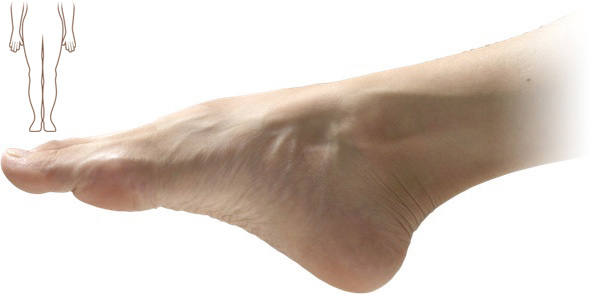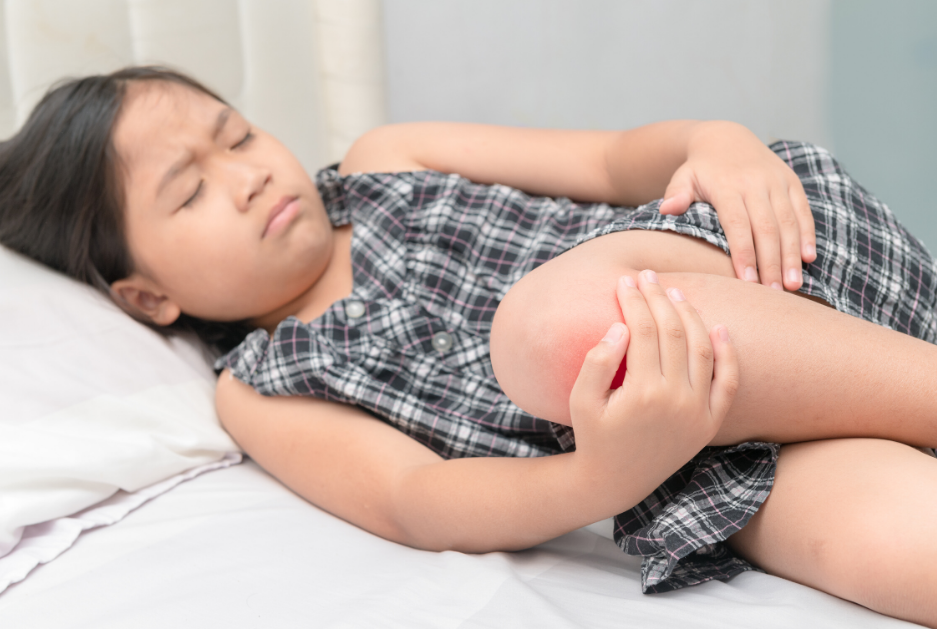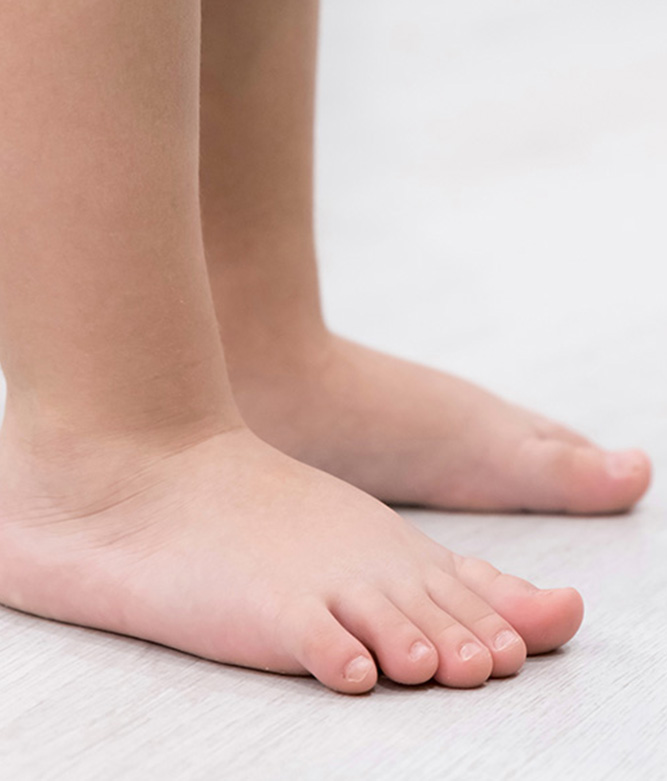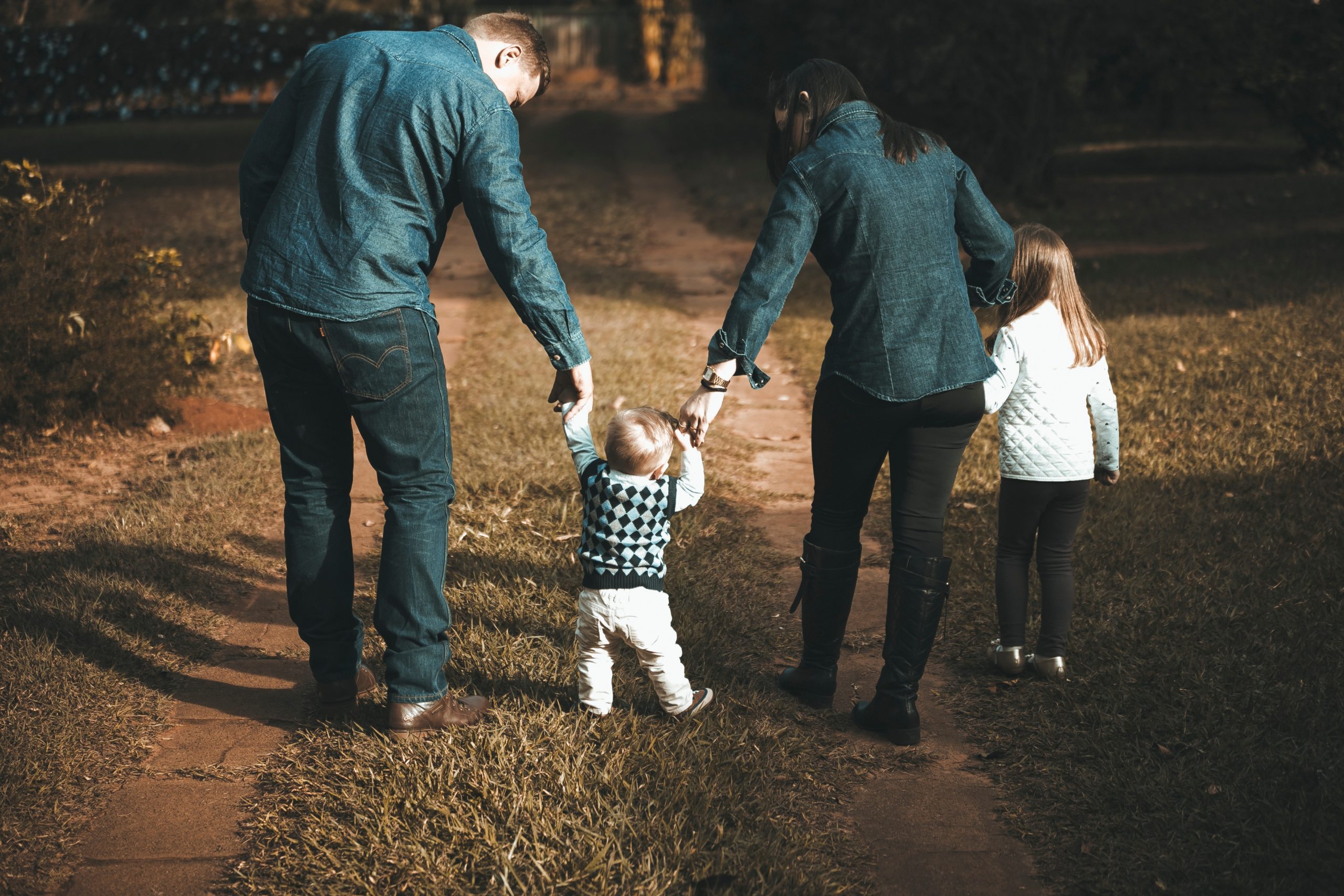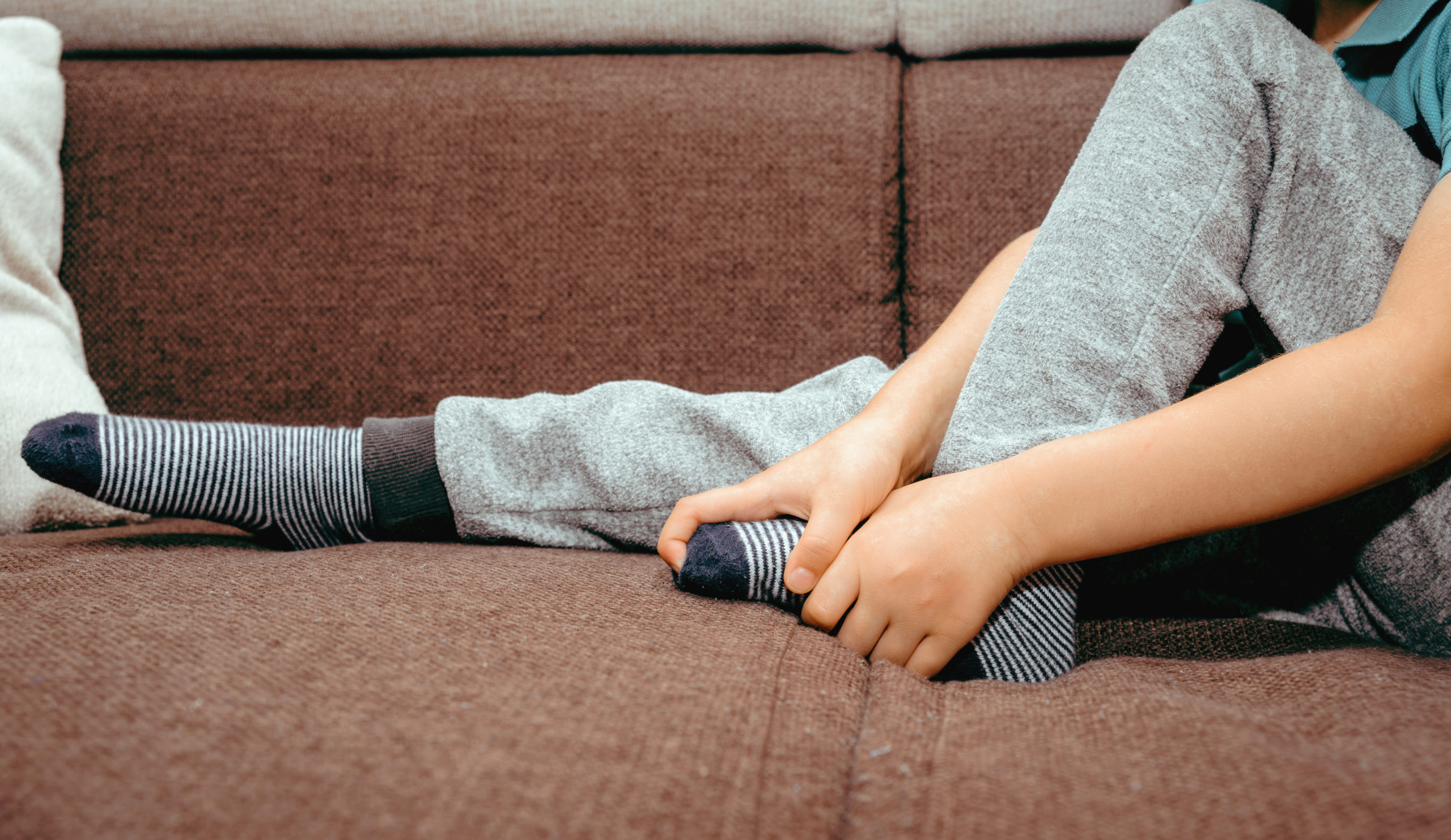
Growing pains in kids aged between 7 and 16 years is one of the most common problems we see and treat here at My FootDr when it comes to children’s foot health. Often, many parents don’t seek help for growing pains due to the misconception that like teething in babies, there is no treatment that can help aside from medicated pain relief, and it’s just a stage that children must grow through. This is not the case at all.
Growing pains have a distinct cause related to growth plates in the bones and the differences in growth rates between muscle and bone. As such, they have straightforward treatment solutions that our podiatrists can help you with. Often, with the right treatment, we see growing pains resolve in a matter of weeks – not months or years.

Why Do Growing Pains Occur?
All growing bones have areas called growth plates, usually located at the ends of a bone. These areas are cartilaginous areas of bone where the body adds new bone cells and so they grow. When we reach maturity, these growth plates turn to solid bone, and so we stop growing.
As the growth plates aren’t as strong as the rest of the bone, they are more vulnerable to irritation and damage when the bone is stressed. With growing pains, it is often tight muscles and tendons that pull on and stress the bones to which they attach, that irritates the growth plates, and produces the painful symptoms we know as growing pains. Often, the reason for the tightness is that the muscles haven’t grown and elongated at the same rate that the bones have been growing during a growth spurt, and this is aggravated by higher levels of physical activity in kids of this age.
There are three main types of growing pains in the feet and legs that we treat in kids.
1. Foot Pain
Growing pains in the feet often occur in a very specific area – the outside border of the foot at the bony bump called the styloid process. Your child will often grasp the outside of their foot and find it painful to walk and put pressure on the foot. The pain may come and go, or start as a small niggle before progressing to serious and debilitating pain.
Barefoot running, jumping sports and narrow fitting footwear can all be aggravating factors, as they can rub against, pull at or irritate the bone containing the growth plate, as well as the attaching peroneal tendon.
Growing pains in the foot is also known as Iselin’s Disease – learn more about this condition here.

2. Heel Pain
Growing pains in the heels tend to affect the very back of the heel, as opposed to the bottom of the heel or the arch. When the heel bone grows faster than the attaching Achilles tendon during a growth spurt, the constant pull from this thick, strong tendon can damage the growth plate and kickstart the painful symptoms.
As the tension and pulling from the Achilles skyrockets during running, jumping and physical activity, the symptoms often start during or after sports.
Growing pains at the heels is also known as Sever’s Disease – learn more about this condition here.

3. Knee Pain
Growing pains in the knees cause pain and sometimes swelling below the kneecap, at the top of the shins, which can radiate around the knee joint. It is thought to be caused by the strong quadriceps muscles (the group of muscles at the front of the thigh bone) that put tension on the top of the shin bone where the growth plate is located.
The pain tends to be aggravated by physical activity, especially when running, bending the knee, squatting, kicking and kneeling.
Growing pains at the knee is also known as Osgood Schlatter’s Disease – learn more about this condition here.



